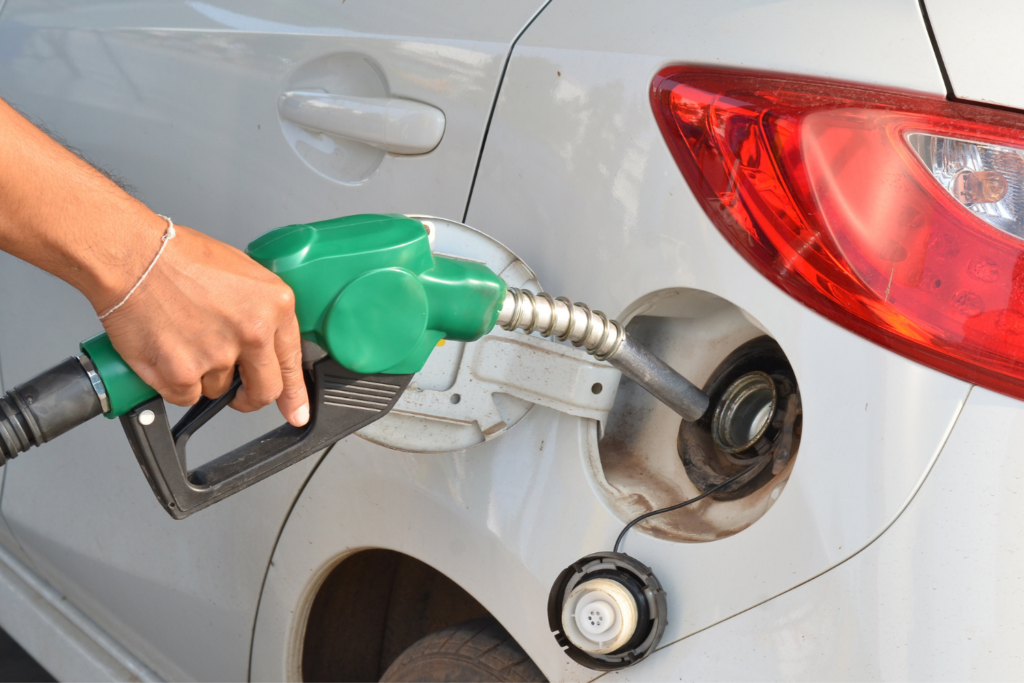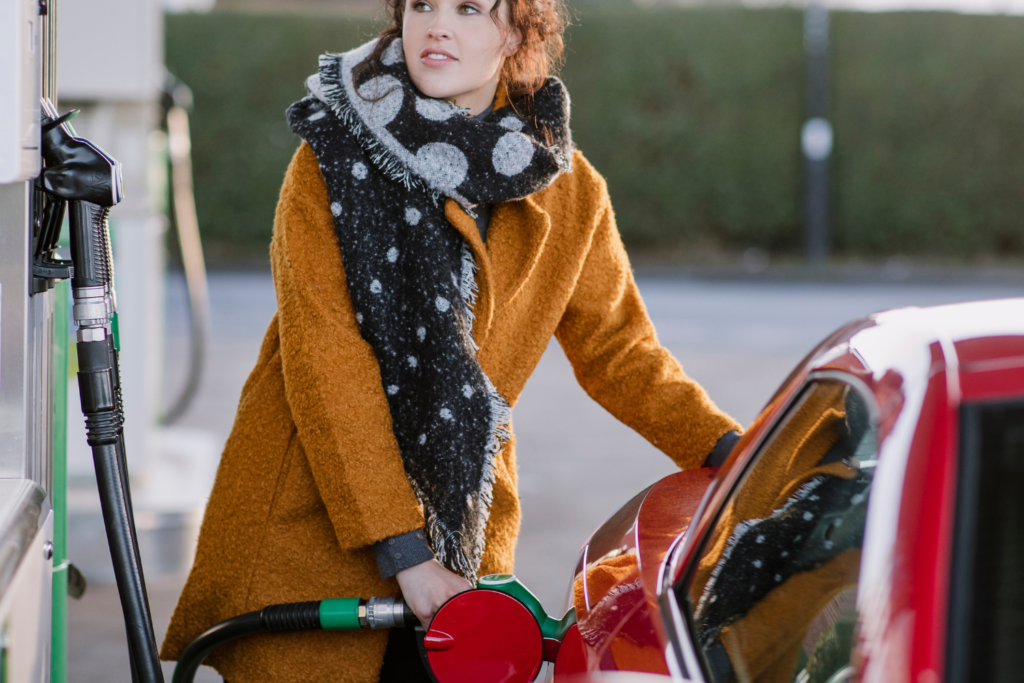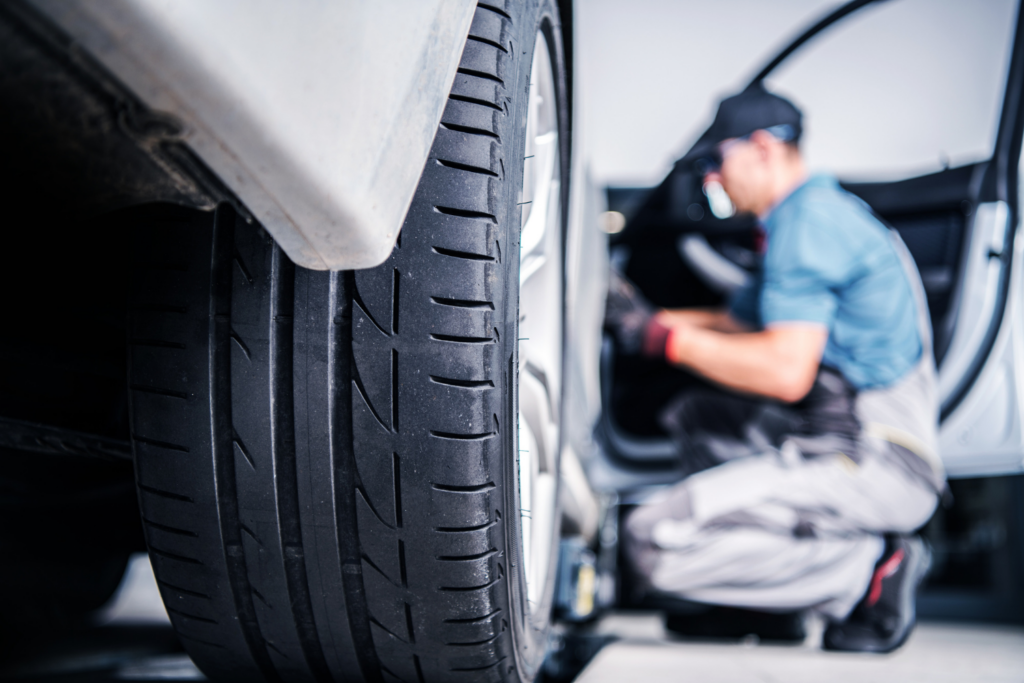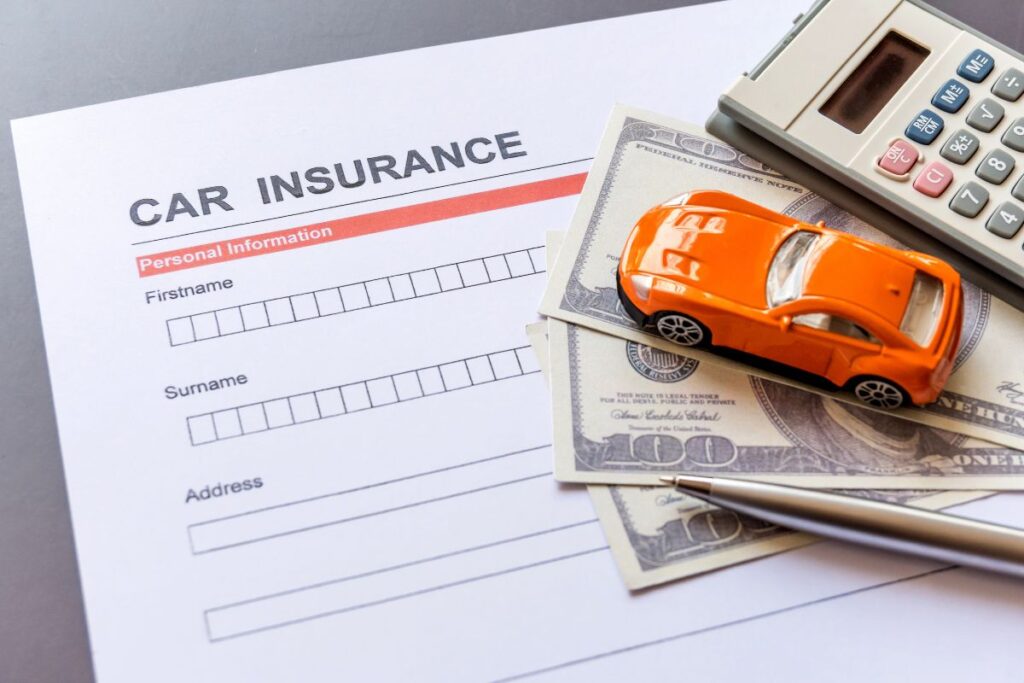
Buying vs Leasing. The debate of whether to buy or lease a car is one that has been around for years.
Contents
Differences between Buying and Leasing
There are a few key differences between buying and leasing a car that you should be aware of before making your decision. When you buy a car, you are responsible for its upkeep and maintenance. This means that if something goes wrong with the car, you have to pay to fix it. If you lease a car, the dealership is typically responsible for maintaining the vehicle. Another difference is that when you buy a car, you own it outright and can sell it or trade it in whenever you want. If you lease a car, however, you will have to return it to the dealership at the end of your lease agreement.
Buying vs Leasing Pros and Cons
There are pros and cons to each option, and the best choice for you will depend on your particular circumstances. Let’s take a look at some of the key considerations for each option:
-Benefits of Buying
When you buy a car, it’s yours to keep forever (or until you sell it). You can customize it however you want, and there’s no worry about mileage restrictions or having to make monthly payments. More benefits include:
- Building equity: Every monthly car payment you make is building equity in the vehicle. Once the car is paid off, it’s 100% yours.
- Trade-ins: When it’s time for a new car, you can sell or trade-in your old one.
- Flexibility: You can sell or trade-in your car at any time, for any reason.
-Drawbacks of Buying
The biggest downside to buying a car is the initial cost. Cars are expensive, and unless you have a large amount of cash saved up, you’ll likely have to finance your purchase. This means you’ll be paying interest on the loan, which can add up over time. More drawbacks include:
- Depreciation: As soon as you drive your new car off the lot, it begins to depreciate in value.
- Repairs: As a car owner, you’re responsible for all repairs and maintenance. This can be expensive, especially if something major goes wrong.
-Benefits of Leasing
When you lease a car, you’re only responsible for making monthly payments. There’s no down payment required, and you don’t have to worry about selling the car when you’re done with it. More benefits include:
- Lower monthly payments: Monthly lease payments are usually lower than loan payments for a brand-new car.
- Fewer repairs: Since leases typically last just a few years, you’re less likely to have to deal with major repairs.
- Warranties: Most leased cars are still under the manufacturer’s warranty, so repairs are typically covered.
-Drawbacks of Leasing
The main downside to leasing is that you never actually own the car. At the end of your lease term, you’ll have to return the car to the dealership (unless you choose to buy it). Additionally, there are usually mileage restrictions on leases, so if you tend to drive a lot, leasing may not be the best option for you. More drawbacks include:
- Mileage restrictions: Most leases come with mileage restrictions, so you could end up paying penalties if you go over.
- Wear and tear: You may have to pay fees at the end of your lease if the car has any excessive wear and tear.
- Long-term costs: Although monthly lease payments are usually lower than loan payments, you’ll never actually own the car. This means you could end up paying more in the long run.
So which is the better option for you? Ultimately, it depends on your individual needs and circumstances. If you have the cash to buy a car outright, or you don’t mind financing a purchase, then buying may be the way to go. However, if you’re not looking to tie yourself down to one car and you don’t mind making monthly payments, leasing could be a good option for you.
Buying vs Leasing FAQs
Here are some frequently asked questions about buying vs leasing.
A lease is basically a long-term rental agreement. You make monthly payments to the dealership, and in exchange, you get to drive the car for a set period of time (usually two or three years). At the end of your lease term, you simply return the car to the dealership.
Lease payments are typically lower than regular loan payments because you’re only paying for the use of the car during the lease term. You’re not paying off the entire purchase price of the car, so your monthly payments are lower.
Yes, you can negotiate a lease just like you would when buying a car. The dealership will likely try to get you to sign a long-term lease with high monthly payments, but don’t be afraid to counter with an offer that’s more in line with your budget.
There may be some hidden fees associated with leasing, so be sure to read your contract carefully before signing anything. Some common fees include a disposition fee (which is charged when you return the car at the end of your lease), and excess wear and tear charges (if the car is returned with excessive damage).
Yes, you can usually buy your leased car at the end of the lease term. If you’re planning on doing this, be sure to let the dealership know upfront so they can give you an accurate quote.
If you need to get out of your lease early, you may be subject to aearly termination fee. This fee will vary depending on your contract and the dealership, so be sure to read over your contract carefully before signing anything. Additionally, keep in mind that if you do terminate your lease early, you’ll likely have to pay any remaining monthly payments as well as any fees associated with returning the car.
Final Thoughts
So which is the better option for you? Ultimately, it depends on your individual needs and circumstances. If you have the cash to buy a car outright, or you don’t mind financing a purchase, then buying may be the way to go. However, if you’re not looking to tie yourself down to one car and you don’t mind making monthly payments, leasing could be a good option for you.




